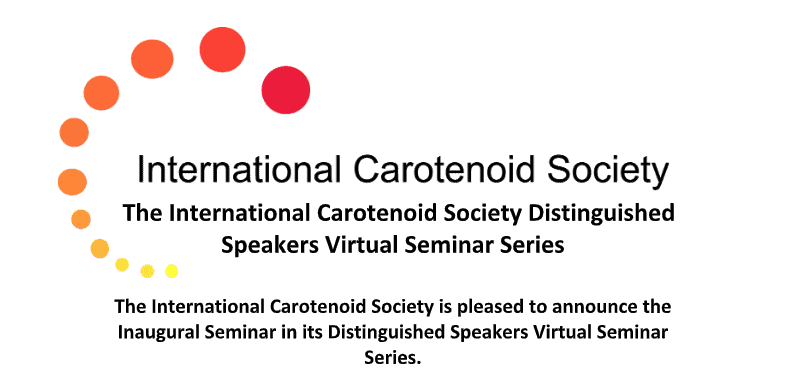
Speaker: Professor Cheryl Kerfeld, Hannah Distinguished Professor of Structural Bioengineering, MSU-DOE Plant Research Laboratory, Department of Biochemistry & Molecular Biology, Michigan State University
Title: Antenna Quenching by the Orange Carotenoid Protein
Date: September 15, 2022
Time: 11:00 am Eastern time (New York time)
Registration Link: ICS Member login and verification required
Abstract:
Photoprotection is an essential mechanism in photosynthetic organisms to balance the harvesting of
light energy against the risks of photodamage. In cyanobacteria, photoprotective non-photochemical
quenching relies on the interaction between a water soluble photoreceptor that binds a single
carotenoid molecule, the Orange Carotenoid Protein (OCP), and the antenna, the phycobilisome (PBS).
Absorption of blue-green light by the resting, orange form of the protein, OCP O , converts it into the
quenching red form, OCP R that binds to the phycobilisome (PBS) antenna. We recently determined the
structure of the OCP-PBS complex at 2.7 Å overall resolution by cryo-electron microscopy. The structure
shows that the 6.2 MDa PBS is quenched by four 34 kDa OCP organized as two dimers. The complex also
reveals that the structure of the active form of the OCP is drastically different than its resting, non-
quenching form, with a 60 Å displacement of its regulatory domain. The structure of the OCP-
quenched state of a cyanobacterial PBS provides a blueprint for modeling excitation energy transfer in
the quenching process, and for understanding light harvesting and photoprotection more broadly.
Dominguez-Martin, Sauer, P.V. et al. Structures of a phycobilisome in light-harvesting and
photoprotected states. Nature 2022 10.1038/s41586-022-05156-4


